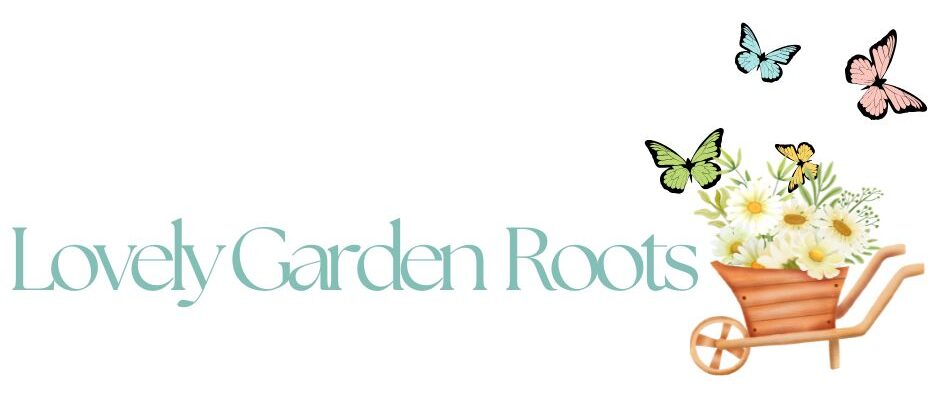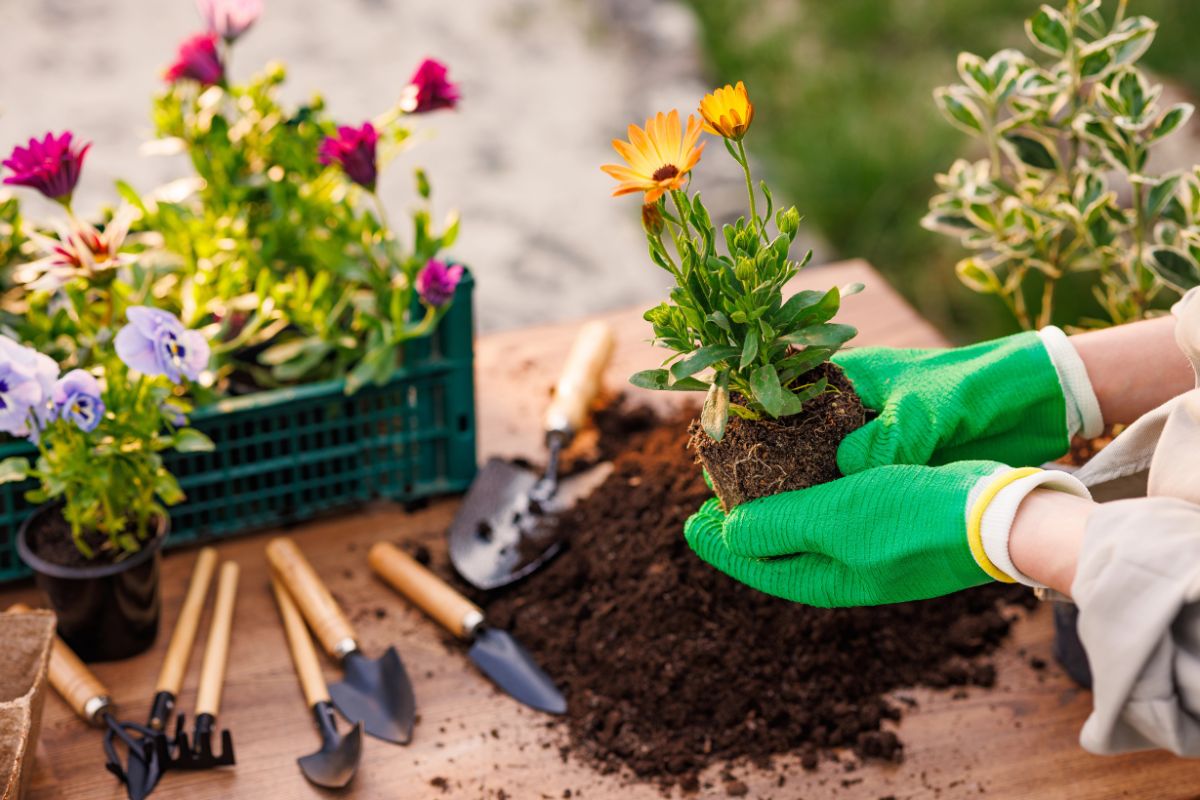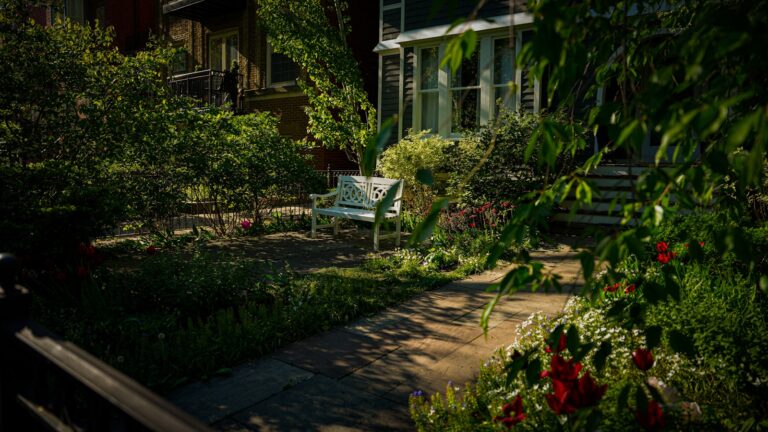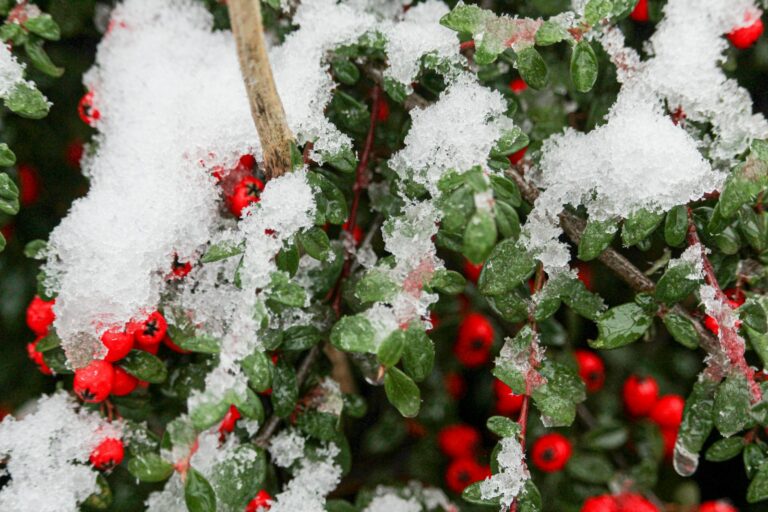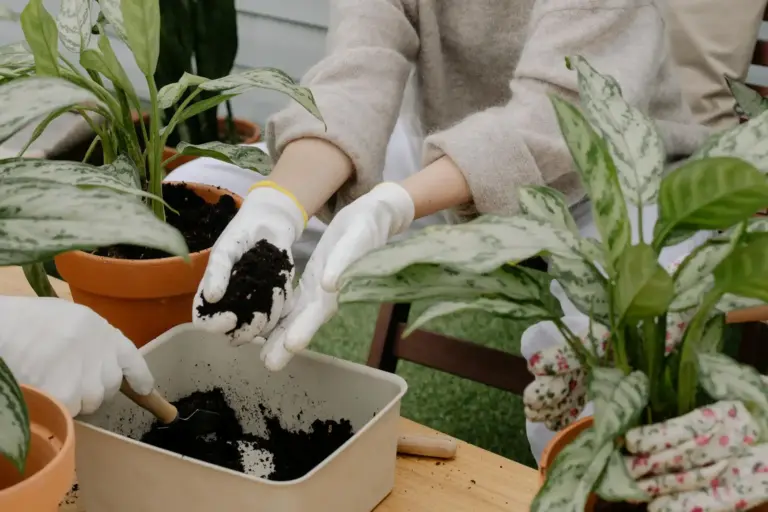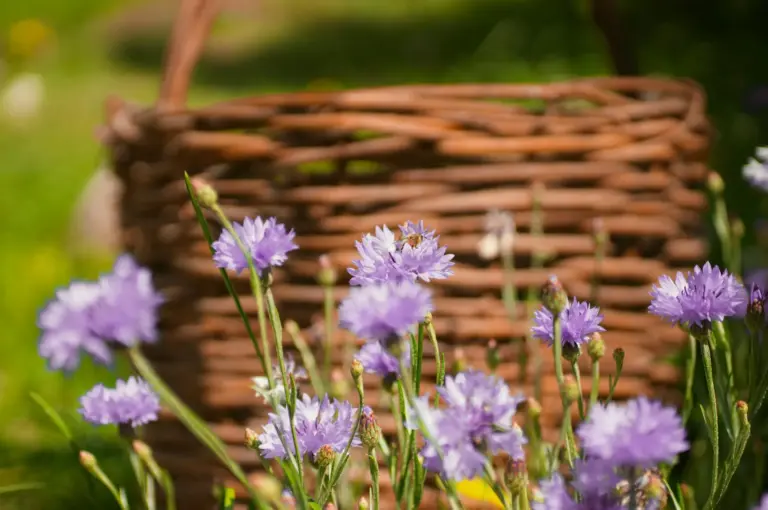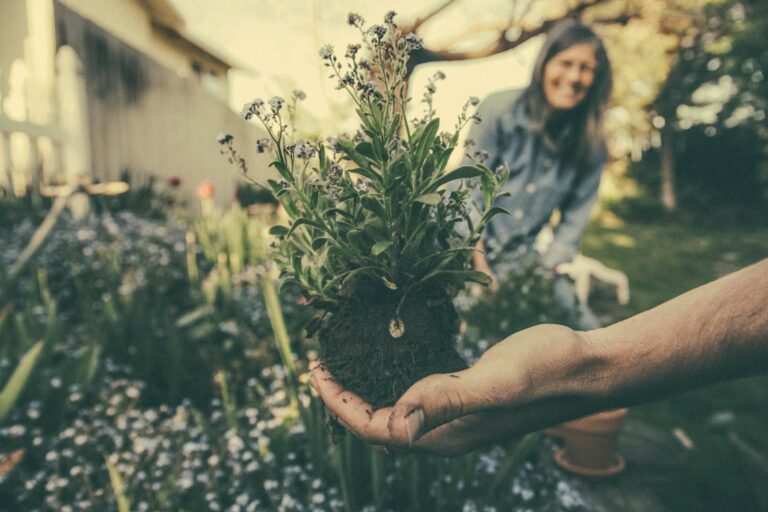Gardening 101: Essential Tools Every Beginner Needs for a Thriving Garden Start
Starting a garden can feel overwhelming, especially when you’re unsure which tools you really need. The essential gardening tools you should have include a hand trowel, pruning shears, a sharp spade, and a watering can or hose. These basics cover the core tasks like digging, planting, pruning, and watering.
With the right tools, your gardening experience becomes easier and more enjoyable. Knowing what to pick up first means you can spend less time guessing and more time growing your plants with confidence. Whether you’re working with a small container or a backyard patch, these tools will help you get started on the right foot.
Using quality tools also saves you effort and keeps your plants healthy. Learning about each tool’s purpose will set you up for success, so you can focus on watching your garden thrive instead of struggling with the wrong equipment. For more detailed guidance on beginner must-haves, check out basic gardening tool recommendations.
Building Your Essential Gardening Toolkit
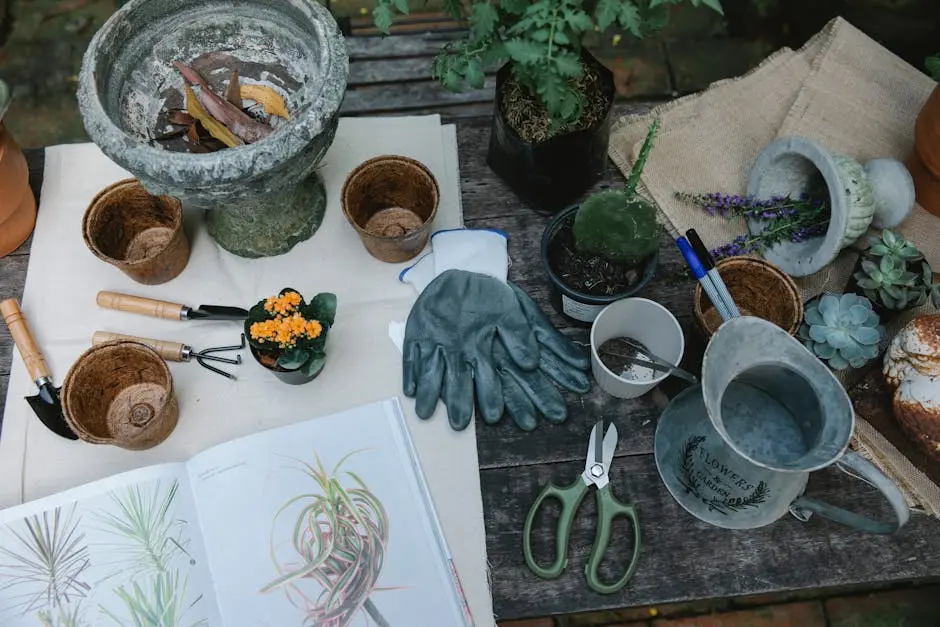
To start gardening effectively, focus on having tools that help with digging, planting, and caring for your plants. Protection for your hands is crucial to avoid injuries and discomfort during your work.
Hand Trowels and Cultivators
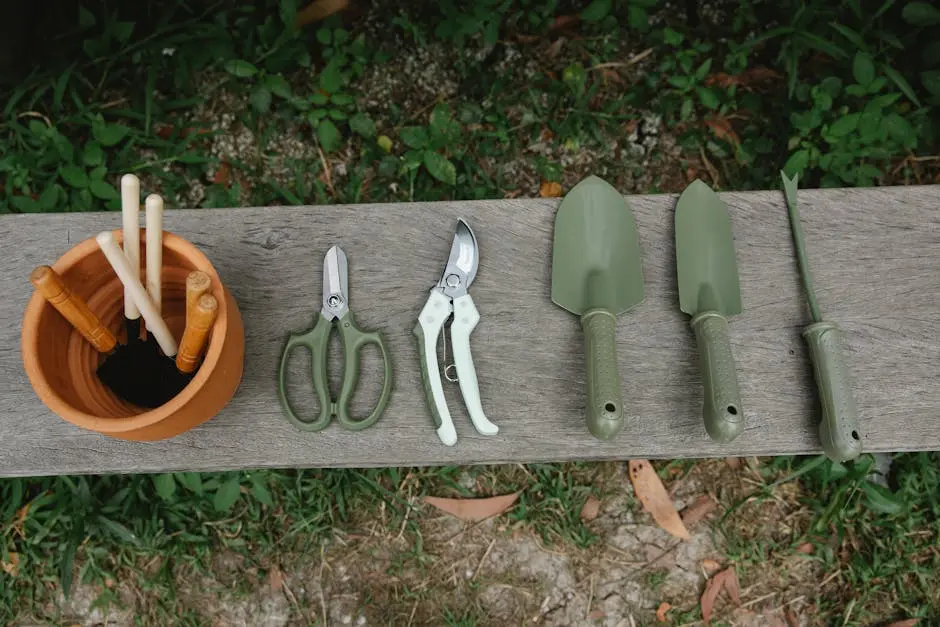
A hand trowel is a small, pointed tool designed for digging holes, transplanting seedlings, and scooping soil or fertilizer. Look for one with a comfortable, non-slip handle and a sturdy blade made from stainless steel or carbon steel. This helps prevent rust and makes digging easier.
A cultivator is used to loosen soil and remove weeds. It usually has three prongs that break up compacted dirt, allowing water and nutrients to reach plant roots better. Together, these tools help you prepare your soil and maintain plant health efficiently.
Pruning Shears and Scissors
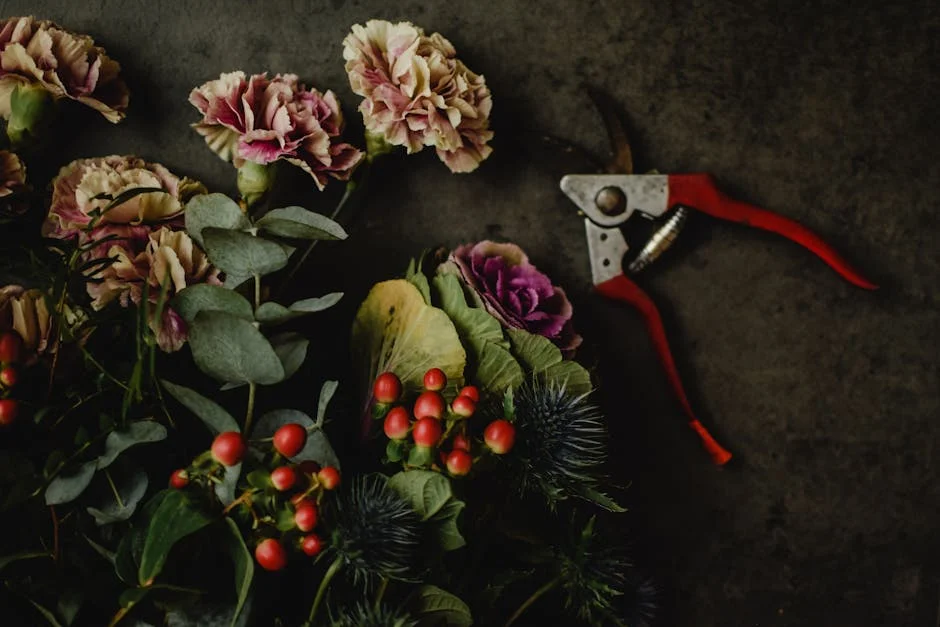
Pruning shears, or secateurs, are essential for trimming dead or overgrown branches and stems. Sharp blades let you cut cleanly without damaging plants. Choose bypass pruners for most tasks, as they make precise cuts ideal for flowers, shrubs, and small branches.
Gardening scissors are useful for delicate tasks like harvesting herbs or deadheading flowers. Keep both tools sharp and clean to prevent spreading plant diseases. You’ll find that good pruning tools help your plants stay healthy and look tidy.
Gloves for Protection

Wearing gloves protects your hands from cuts, blisters, and exposure to soil-borne bacteria. Choose gloves made from breathable material to keep your hands comfortable while working. Look for reinforced fingertips and palms if you do heavy digging or handle prickly plants.
Water-resistant gloves are helpful when working with moist soil or plants that exude sap. Having the right gloves minimizes injury risk and lets you work longer without discomfort. It’s a small investment that makes a big difference in your gardening experience.
Find more details on essential gardening tools at Gardening 101: essential tools for every garden.
Digging and Soil Preparation Tools
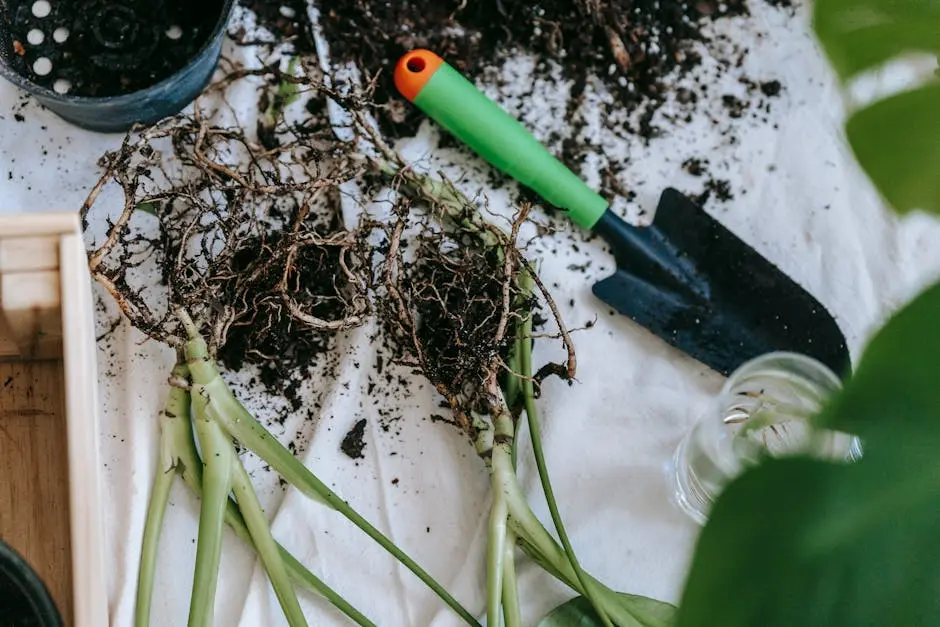
These tools help you break up soil, dig planting holes, and prepare your garden bed efficiently. Choosing the right tool makes tasks easier and protects your back from strain.
Garden Spades and Shovels
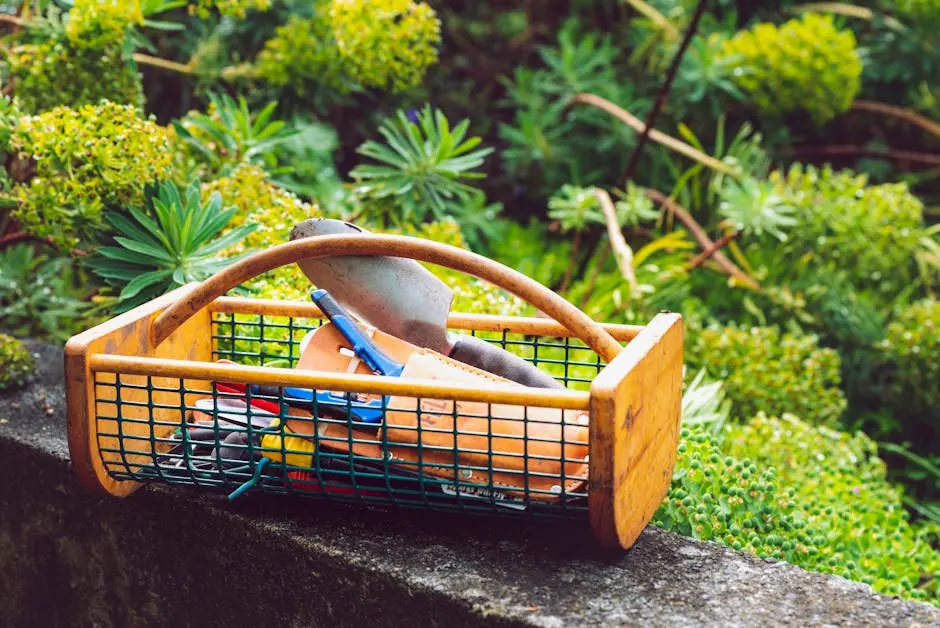
Garden spades have a flat, rectangular blade with a sharp edge designed for digging straight down and cutting through soil or roots. You’ll use a spade for digging rectangular holes, edging garden beds, or breaking up compacted soil.
Shovels differ with a curved, scoop-shaped blade. They are best for moving loose soil, compost, or mulch. A pointed shovel blade helps you penetrate tough ground more easily.
When picking a spade or shovel, look for tools with sturdy, comfortable handles. Steel blades hold up better than aluminum for heavy digging.
Garden Forks
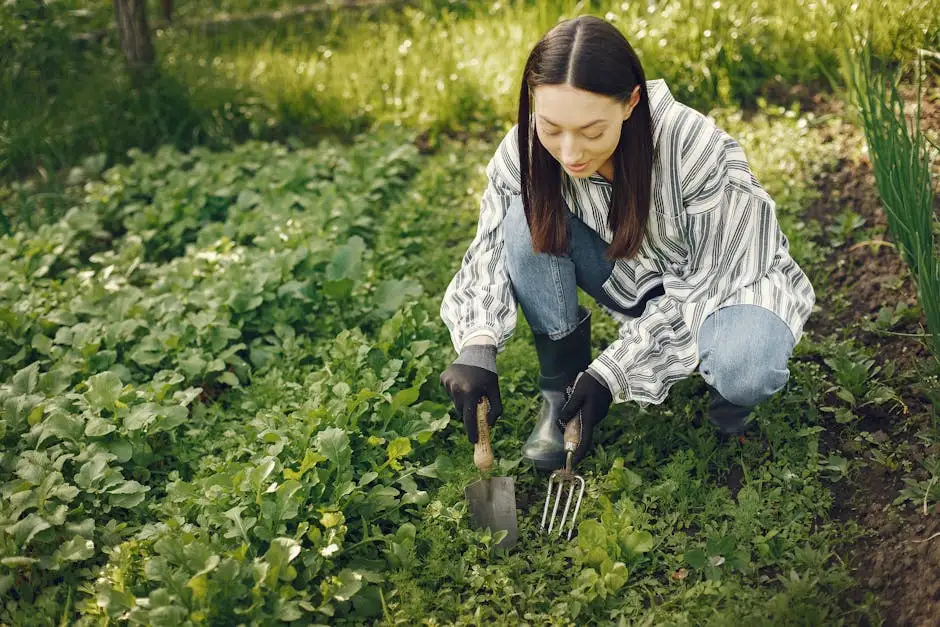
Garden forks have several tines that break up and aerate soil without harming worms or beneficial organisms. You can dig into dense or clay soil and turn it effectively.
A curved tine design helps lift and loosen soil rather than slice through it, which prevents compacting. Some forks have long handles to reduce bending and strain.
Use a garden fork when preparing beds before planting. It’s also handy for mixing in organic matter or compost evenly throughout the soil to improve texture and nutrients.
For more on these tools and their uses, see this guide on garden forks and spades.
Watering Essentials for Healthy Plants

Proper watering tools help you deliver the right amount of water efficiently. They also prevent damage to delicate plants and make reaching every corner of your garden easier.
Watering Cans and Hoses
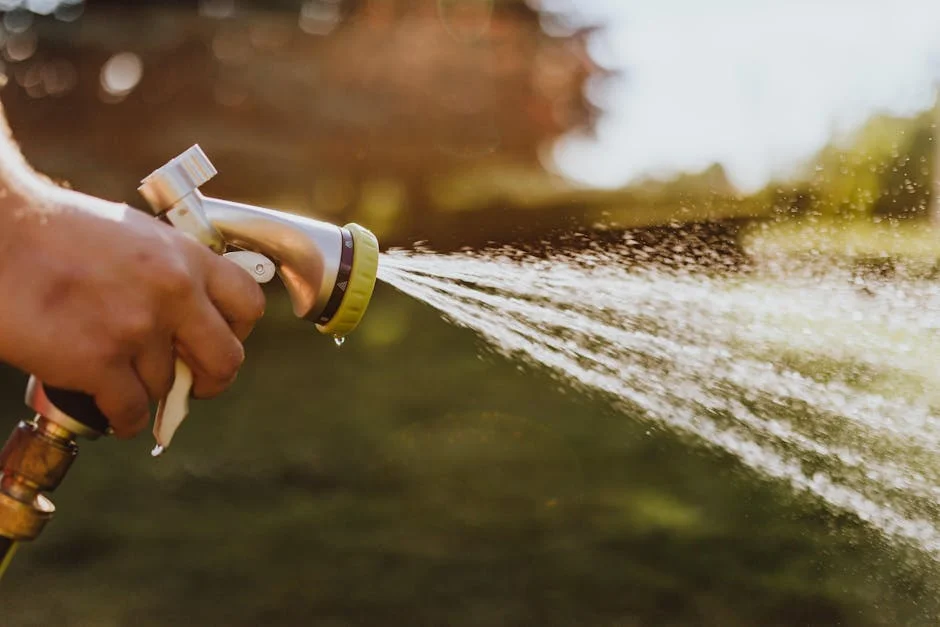
A good watering can should have a long spout for precision, especially useful for watering seedlings or container plants without splashing soil everywhere. Look for one with a comfortable handle and a detachable rose (the nozzle) to adjust the water flow.
For larger gardens, a garden hose gives you reach and flexibility. Choose hoses made of durable, kink-resistant material, preferably with lengths that suit your garden size. Adding a reel or holder helps keep your hose organized and prevents tripping hazards.
Using either tool properly means watering slowly and deeply to encourage healthy root growth. Avoid shallow watering, which can cause plants to become weak or drought-stressed.
Spray Nozzles and Watering Wands

Spray nozzles let you control water pressure and pattern, from mist to jet, giving you versatility for different plants. Adjustable nozzles protect tender leaves and flowers by delivering gentle sprays instead of harsh streams.
Watering wands are designed with extended reach and a water-breaking head. This makes it easier to water hanging baskets or hard-to-reach plants without bending or stretching. The wand’s gentle spray mimics rainfall, which prevents soil erosion and protects young plants.
Both tools are effective in conserving water and ensuring even coverage. Choose rust-resistant materials and ergonomic designs for comfort during longer watering sessions.
Tools for Weeding and Cleanup
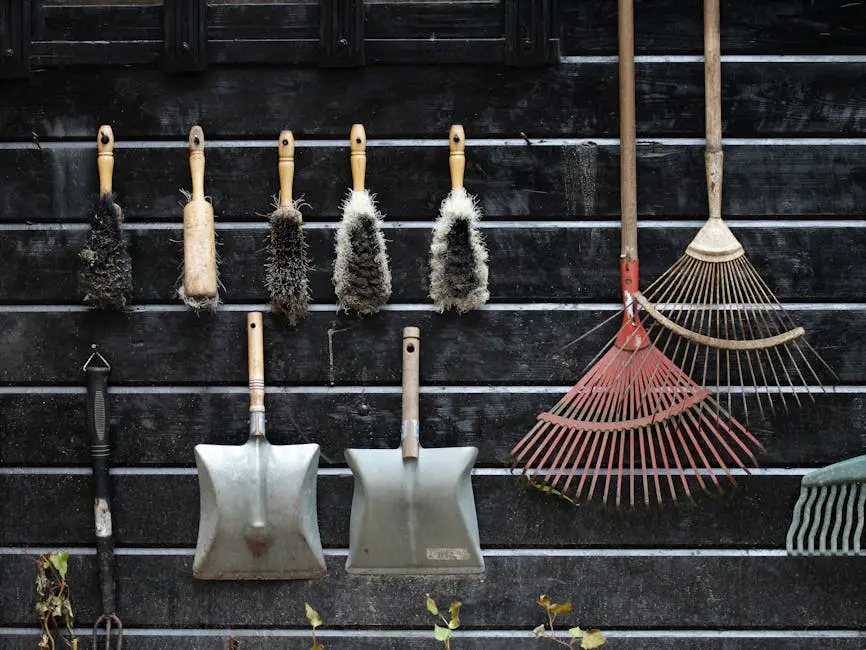
Keeping your garden tidy and free of unwanted plants requires the right tools. You will need equipment that helps you remove weeds effectively and clear debris without damaging your soil or plants.
Weeders and Hoes
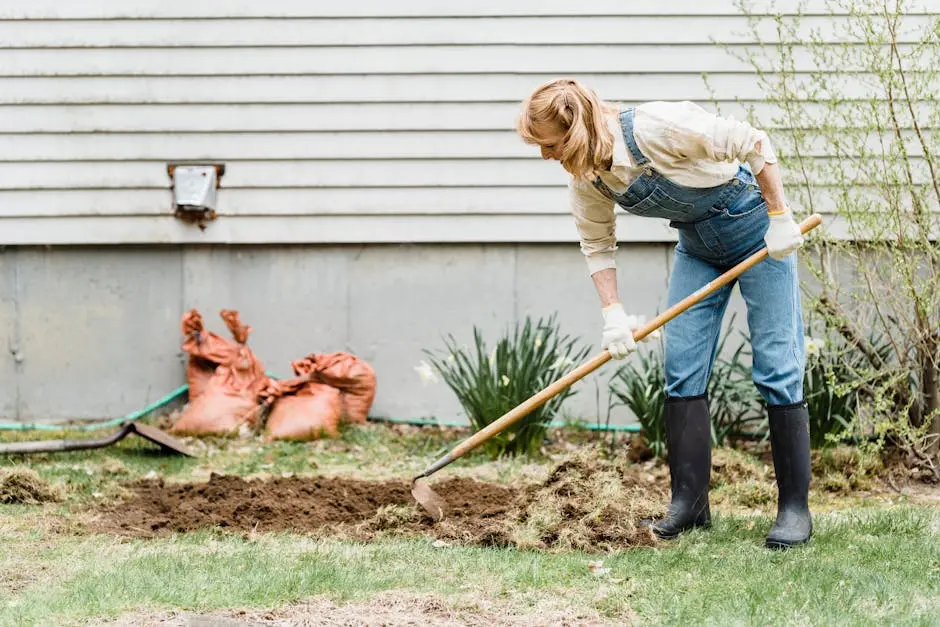
A good weeder is essential for targeting weeds at their roots. Look for one with a narrow blade and a comfortable handle to help you pry out deep-rooted weeds without disturbing nearby plants.
Hoes come in various shapes, but a flat hoe or a stirrup hoe is especially useful for slicing through weeds just below the surface. These tools make it easy to cover larger areas quickly.
Using a hoe, you can keep the top layer of soil aerated and weed-free. For small gardens or tight spaces, a hand weeder gives you precision, especially around delicate plants.
Rakes and Leaf Collectors
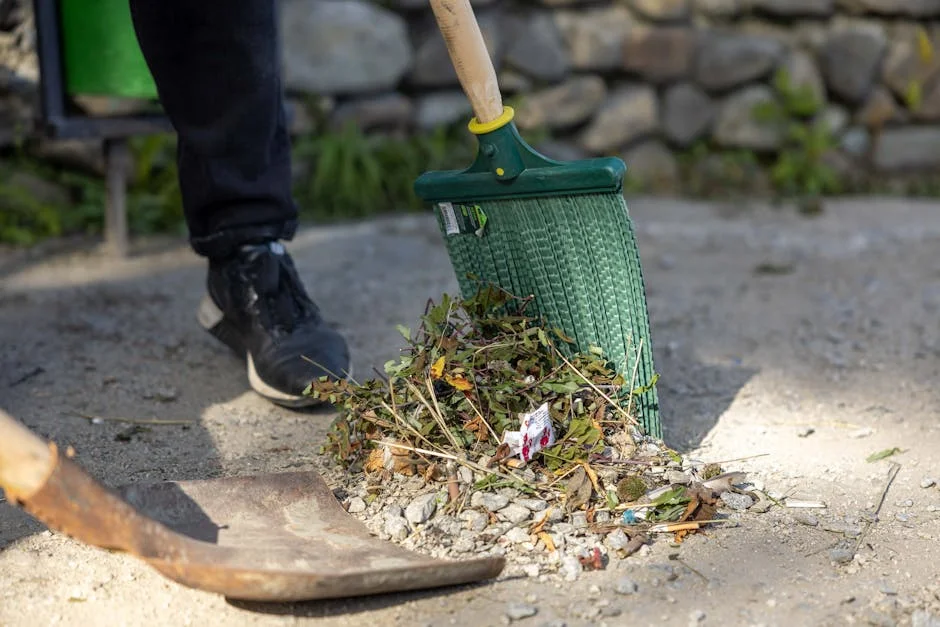
A sturdy rake helps you gather leaves, grass clippings, and other garden debris efficiently. Choose a rake with flexible metal tines for tougher debris or plastic tines for lighter cleanup.
Leaf collectors, such as lightweight bags or tarp systems, make transporting debris easier. These tools save you time when cleaning larger areas and keep your compost pile neat if you collect organic waste.
Between raking and collecting, you maintain a clean garden bed that promotes healthy plant growth by preventing decay and pests from accumulating.
Optional Accessories and Storage Solutions
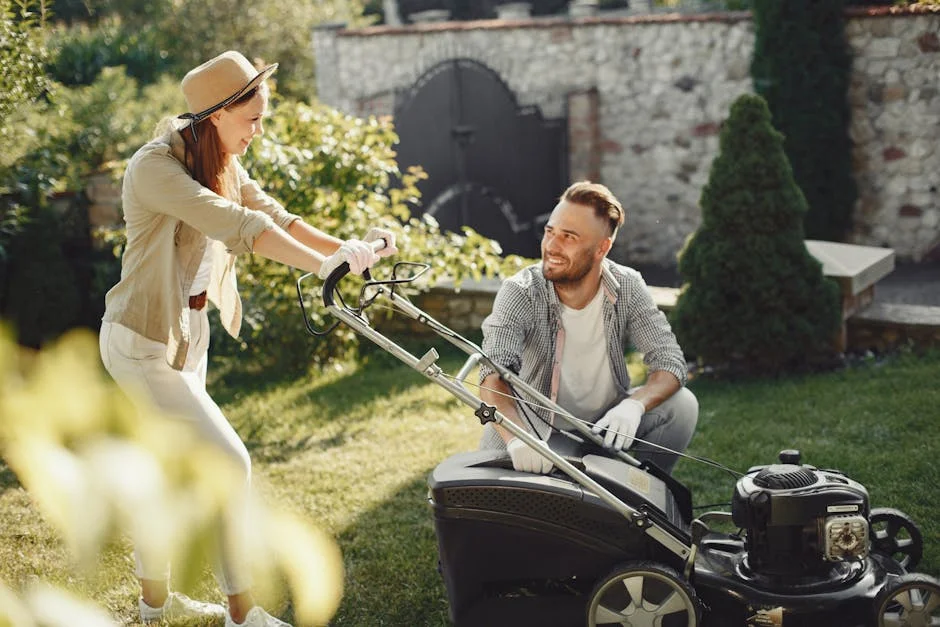
Comfort and organization can improve your gardening experience. Having the right accessories helps minimize strain and keeps your tools handy and tidy.
Garden Kneelers and Cushions
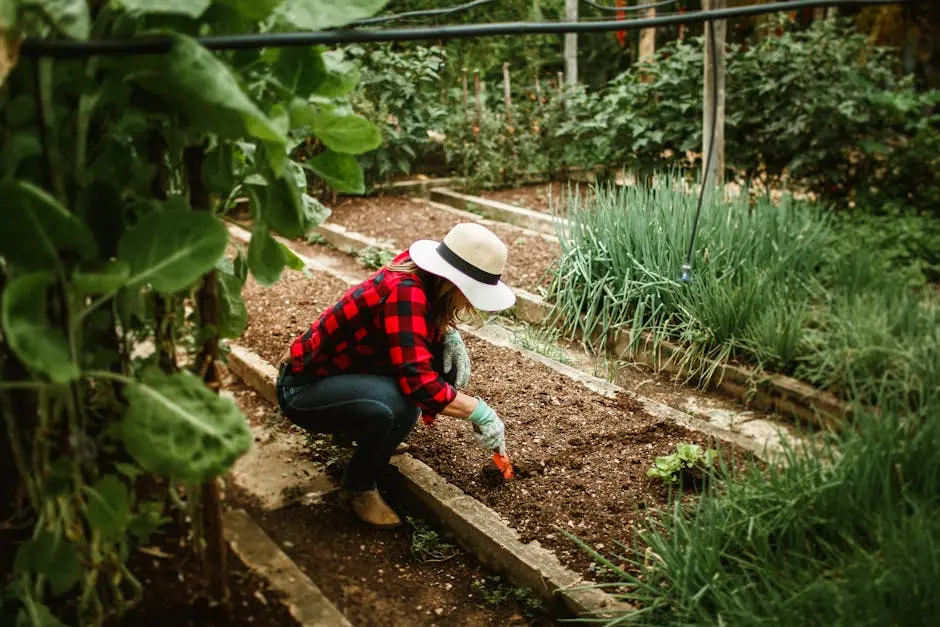
Kneeling for long periods can be tough on your knees and back. A garden kneeler provides soft support, reducing discomfort when planting or weeding.
Some kneelers double as small benches, giving you a place to sit during breaks. Look for ones with sturdy frames and weather-resistant padding.
Cushions are a simpler option to add comfort. You can carry a lightweight cushion easily and use it anywhere in your garden. Choose cushions with waterproof covers to stay dry.
Using kneelers or cushions regularly helps you work longer and reduces strain on your joints and muscles.
Tool Belts and Caddies
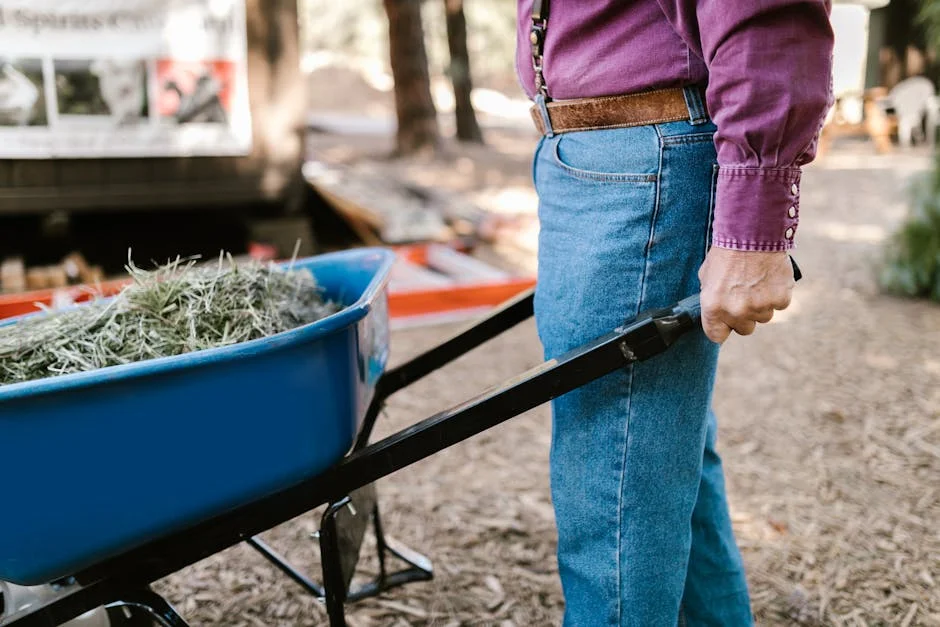
Keeping your tools close by saves time and reduces frustration. Tool belts let you carry essentials like pruners, trowels, and gloves on your body.
Look for belts with multiple pockets and loops so you can organize tools by size or type. Adjustable fit keeps the belt comfortable whether you’re standing or bending.
Tool caddies are portable containers to hold your tools. Many have compartments for specific items, plus a handle for easy carrying.
A good tool caddy keeps everything within reach and protects your tools from dirt and damage when not in use.
